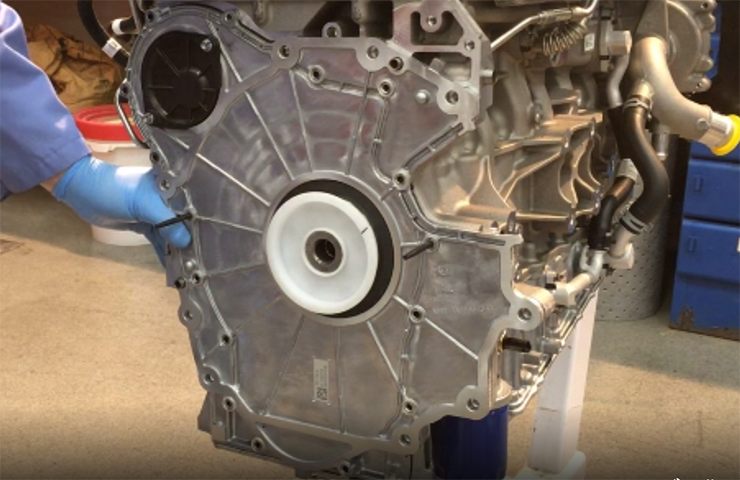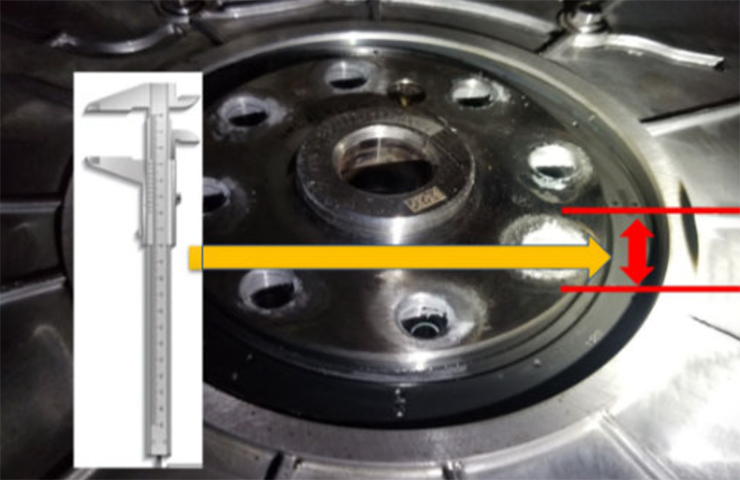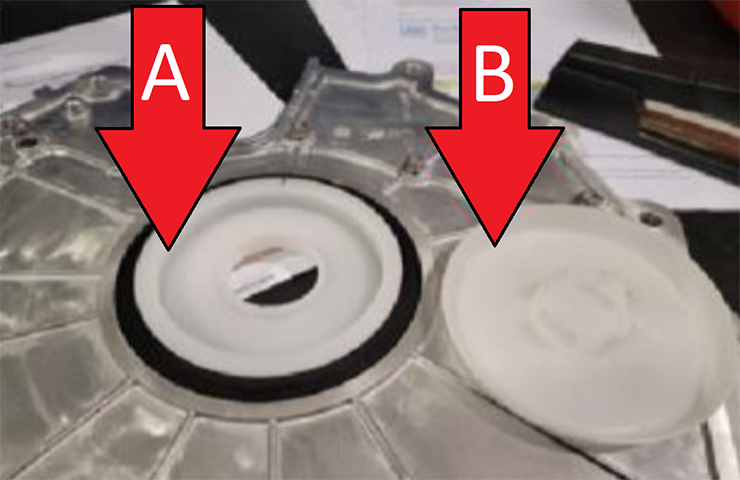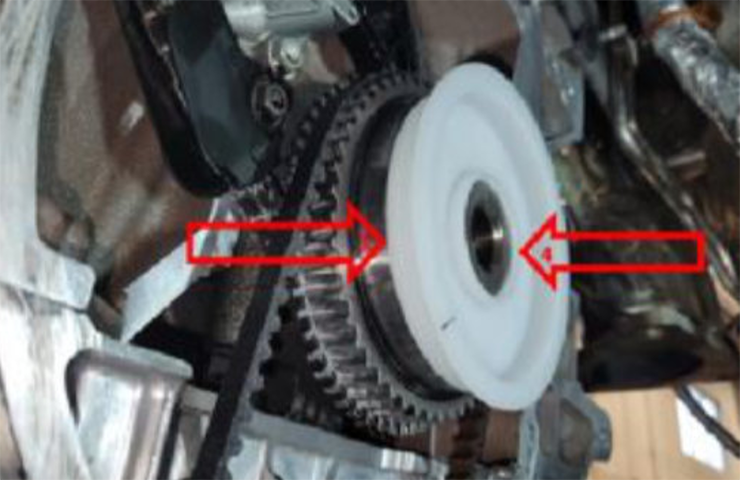Hi all, I have a new (I have had it 7 days) AT4 3.0 w/ a rear main seal failure at 300 miles. Had the truck 7 days. At dealer now for extensive dismantling and repairs.
Anyone else have leaks very early on with this engine? I am worried about a defect in the block machining where that seal fits.
Anyone else have leaks very early on with this engine? I am worried about a defect in the block machining where that seal fits.











